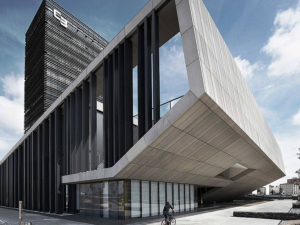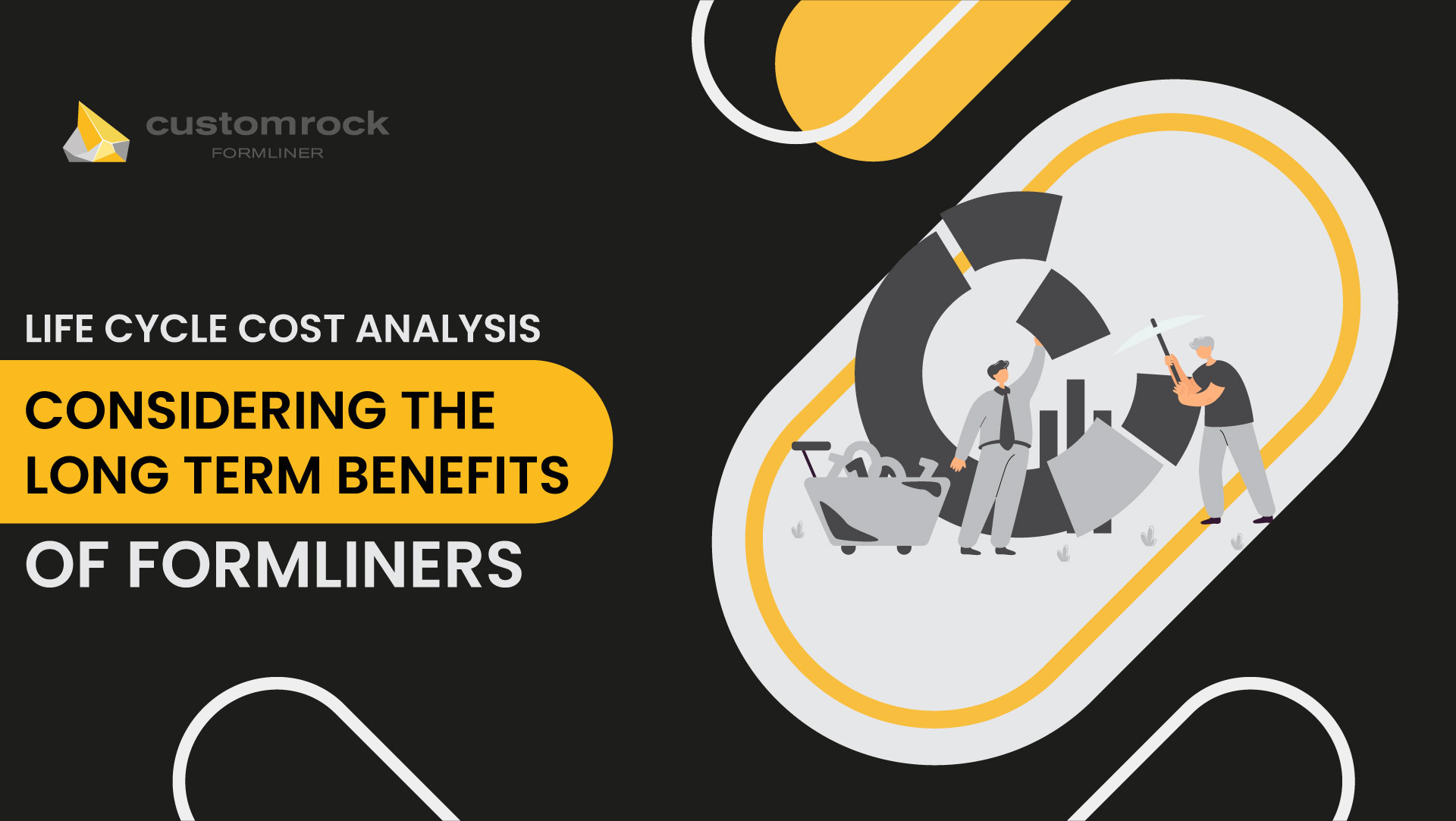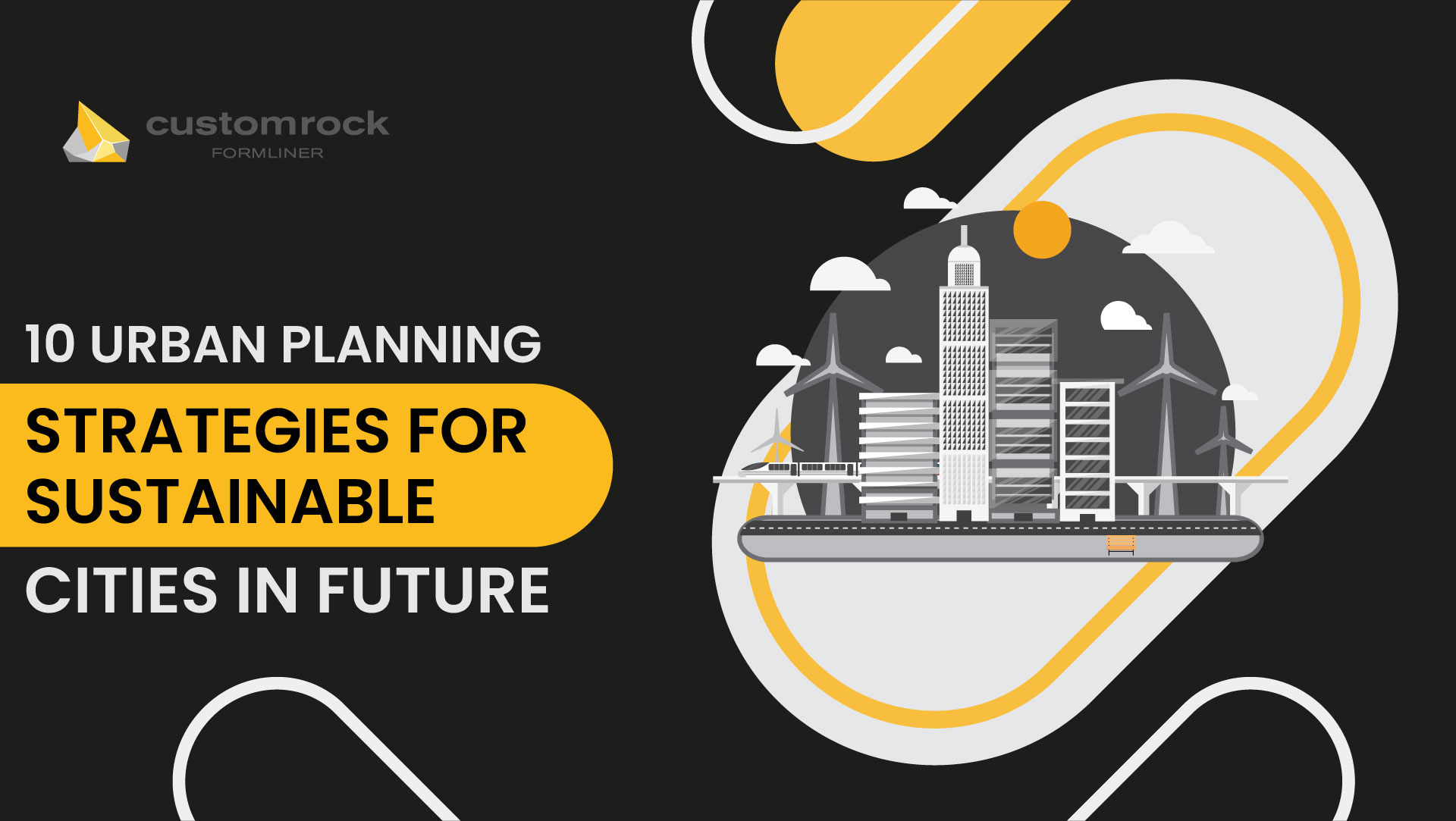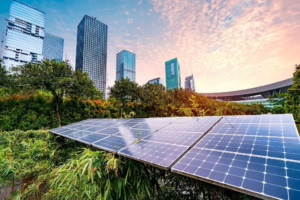TL, DR
Formliners are an essential part of construction when it comes to creating aesthetically pleasing and resilient building designs. Apart from that, they play a crucial role in any project’s life cycle cost analysis. Determining the long-term benefits of formliners can help make decisions and maintain the overall project.
Life Cycle Cost Analysis is a financing method used to evaluate the overall value of a project for its entire life. It focuses on future costs and how to minimize these costs in the life of the project to maximize the revenue.
The importance of formliners in construction is not just limited to the boundaries of visuals. They also contribute substantially to the durability, resilience, and maintenance of the overall structure and have prominent impacts on the overall life of the project.
The right choice of formliners is what matters the most in a project’s life cycle cost analysis as it provides long-term incentives and increased revenue over the years. The primary long-term benefits of formliners include durability, reduced maintenance, customization and flexibility, and environmental consideration.
Firstly, fine-quality formliners enhance the strength and resilience of the building by protecting it from adverse weather conditions and other climatic effects.
Another long-term benefit of incorporating the use of formliners in building activities is the reduced need for maintenance of the structure and also preserves the visuals and aesthetics of the building making it ageless for a long time.
Additionally, they allow the architects and designers to experiment with the design and patterns of the building making them able to customise every single design varying from project to project.
With the tangible value of the project, formliners help in the increase of intangible values like goodwill and brand building of the construction corporation. This results in maximized business opportunities for the corporation.
Life Cycle Cost Analysis: Considering the Long-Term Benefits of Formliners

In today’s business and goal-oriented world, long-term benefits are the basis for future investment or commencement of new projects. Just like other industries, the construction industry also focuses on the the future viability of a project.
Almost in every project one of the major neglected areas in construction is the choice of formliners. Choosing the right formliners can benefit the industry in the long run whereas a wrong formliner can lead to adverse effects.
Formliners are an essential part of construction when it comes to creating aesthetically pleasing and a resilient building design. Apart from that, they play a crucial role in the life cycle cost analysis of any project.
Determining the long-term benefits of formliners can help in the decision-making and maintenance of the overall project.
Hence this article revolves all around life cycle cost analysis and the benefits of form liners.
Understanding Life Cycle Cost Analysis (LCCA)
Life Cycle Cost Analysis is a financing method used to evaluate the overall value of a project for its entire life. To make it easy, the process involves the calculation of both short-term and long-term costs required to operate a machine or run a project till the end of its life.
For instance, if you assess the commencement cost, you have to assess the maintenance, repair and replacement costs required over the years as well.
This makes it easy to decide whether the project will prove to be a viable decision or not. Additionally, by assessing all these factors, the stakeholders can also make cost-effective decisions to maximize the profit and value of the project over the years. It focuses on future costs and how to minimize these costs in the life of the project to maximize the revenue.
Role of Formliners in Life Cycle Cost Analysis
Formliners are an integral part of construction projects as they are used to give visual appeal to a building. From adding intricate patterns to creating textures on concrete, formliners take charge of making the building as appealing as possible.
However, the importance of formliners in construction is not confined within the boundaries of visuals. They contribute substantially to the durability, resilience, and maintenance of the overall structure and have prominent impacts on the overall life of the project.
Choosing the wrong formliner as per the project’s requirement can be a long-term loss and result in great damage to the life of the project.
The right choice of formliners is what matters the most in the life cycle cost analysis of a project as it provides long-term incentives and increased revenue over the years.
Long-Term Benefits of Formliners
1. Durability
The lifespan of a project highly depends on how durable the materials are. Choosing high-quality formliners can solve most of the durability concerns as good-quality formliners enhance the strength and resilience of the building by protecting it from adverse weather conditions and other climatic effects such as
- Extreme moisture
- Carbon footprints
- Corrosion
- Abrasion
- Free-thaw cycles
This results in reduced future costs most likely to be incurred for repair purposes. The biggest advantage of choosing good quality formliners is the maximized durability at the least cost which results in the long-term benefit for both the makers and the occupants of the project.
Considering the durability factor and choosing the right quality for formliners can reduce effective costs significantly.
2. Reduced Maintainance
Another long-term benefit of incorporating the use of formliners in building activities is the reduced need for maintenance of the structure. Formliners help make the concrete surface more sturdy and less perfect which reduces the frequent need for maintenance and replacement which ultimately results in reduced cost and time.
It not only lessens the maintenance requirements but also preserves the visuals and aesthetics of the building making it ageless for a long time. Choosing the right formliners makes it effortless to maintain however a wrong decision can ruin the complete life cycle of the project.
3. Customization and Flexibility
Formliners, as the name refers are used in forming the visuals of a construction project. They allow the architects and designers to experiment with the design and patterns of the building making them able to customise every single design varying from project to project.
By allowing this freedom to design the structure in the way they want, form liners contribute to increasing the property value and attracting the real estate market towards it with maximized profit margins. The flexibility to customize the patterns and textures enables the architects to come forward with new and innovative ideas over the years.
4. Environmental Considerations
Most formliners are made out of recycled material, keeping in mind the idea of sustainability and eco-friendliness. These economical considerations help in the production of inexpensive yet durable and high-quality form liners which helps in the construction activities at a reduced cost.
By subscribing to certain environmental caveats, stakeholders can easily indulge in sustainable construction practices and encourage more people to do so. Recycled form liners like aggregate glass and reclaimed wood are also used in the aesthetics and visuals of a building as they bring in the element of royalty, modernity and iconicity in the project.
Studies show that the strategic use of high-quality formliners has reduced the cost and maintenance needs of a project throughout its effective life.
This is how formliners provide long-term benefits to the life cycle of any construction project attracting people to get into the construction industry due to maximized revenue and durability with minimum cost.
With the tangible value of the project, formliners help in the increase of intangible values like goodwill and brand building of the construction corporation which results in maximized business opportunities for the corporation.
Final Thoughts
Incorporating formliners in the life cycle cost analysis contributes to better decision-making that results in the maximization of projects’ life and value.
Consideration of the elements that help in increasing the overall life of the project like durability, maintenance, resilience, customization and environmental concerns can help the stakeholders maximise their profit while providing an aesthetically appealing project.
With the increasing needs of the construction industry, it is crucial to assess the life span and viability of a project. This can only be obtained through cost-effective measures and optimum utilization of resources.



